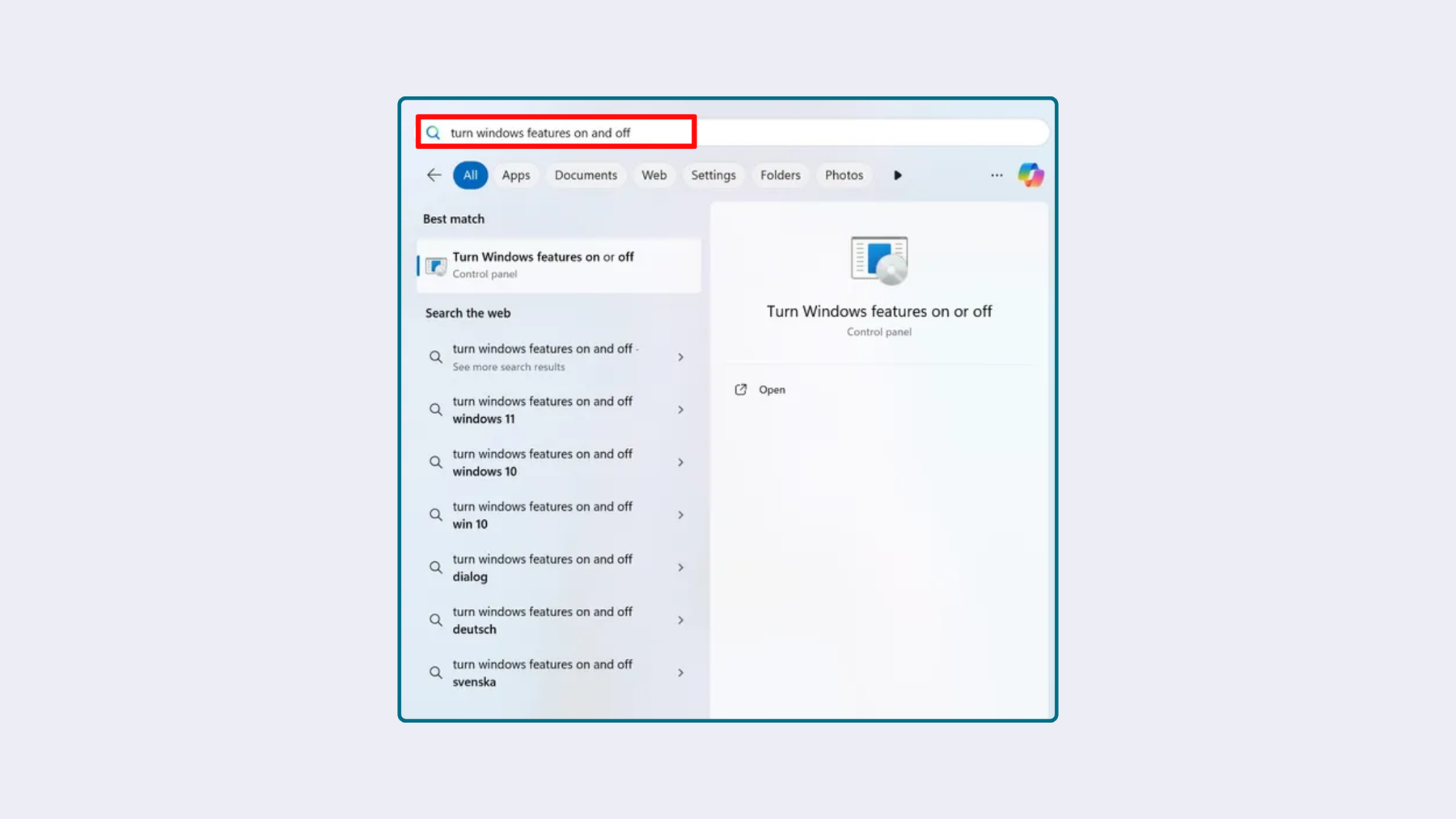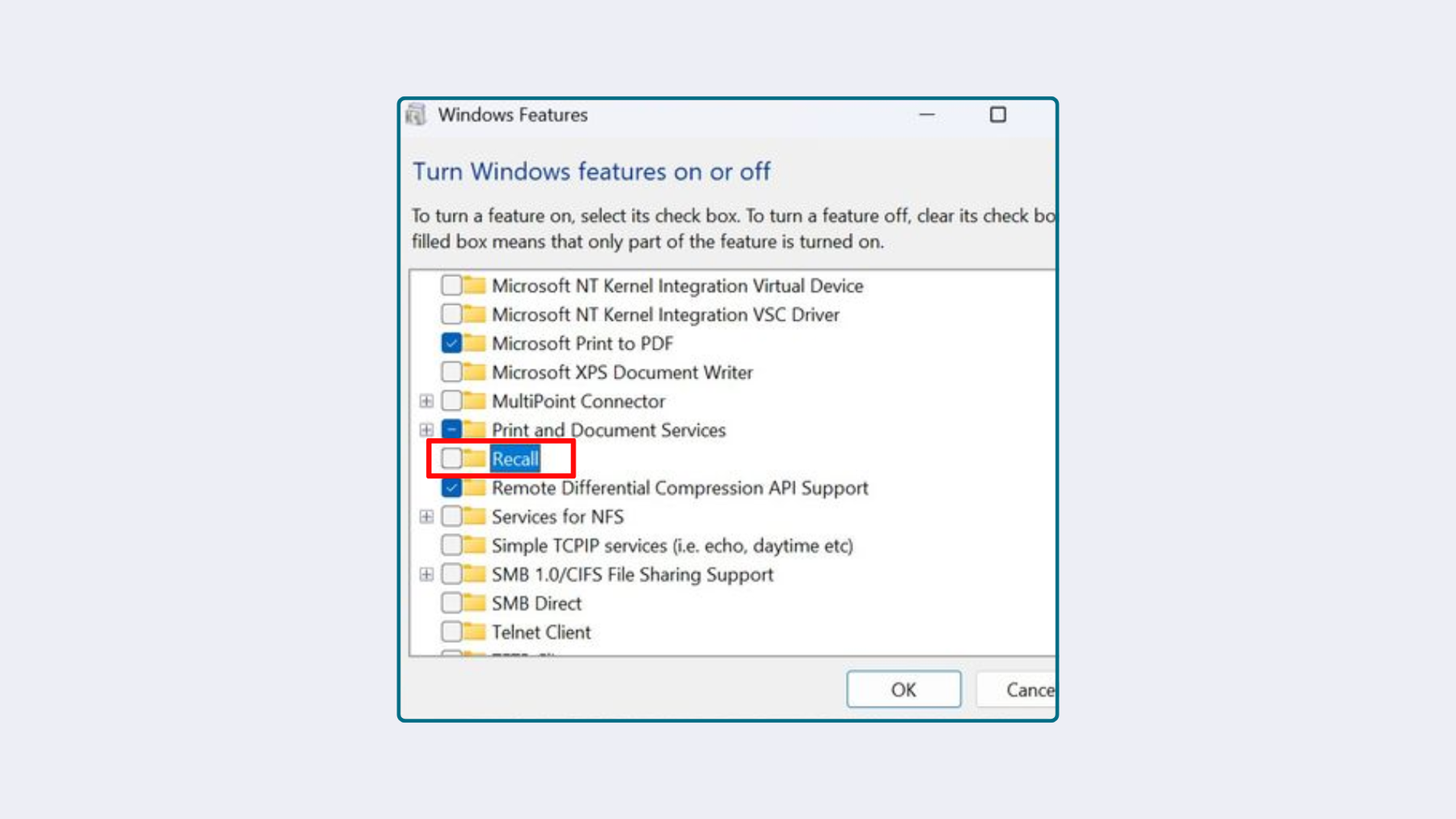How to disable Microsoft Recall & stop the AI from taking screenshots of your desktop.
Microsoft now activates 'Recall', a Copilot AI feature that's making your private emails & messaging obsolete by saving screenshots of these every few seconds. So what does this Windows update mean, is it really "opt in" and how can you turn it off? Let's take a deep dive!
Microsoft is bringing an update to Copilot Vision for Windows Insiders which enables the AI to take screenshots of your desktop every few seconds and combine information that it sees on screen. While before, the AI was only able to view two apps simultaneously, it can now get insights from your entire desktop and combine this information to get a clearer picture of what you are doing on your device.
Microsoft promotes its new Recall feature as a helpful productivity boost — but critics see it as something far more sinister: an invasive form of surveillance baked into your operating system. In addition, the strategic path of Microsoft - investing so heavily in AI, instead of security - is interesting, particularly since the US government asked Microsoft to get its security right - before adding any new features.
And Recall is quite the opposite: It does not increase your security; if anything, it reduces it.
In this comprehensive guide, we’ll explain why you should disable Microsoft Recall completely and how to check whether it’s active on your PC. We’ll also explore alternatives that respect your privacy, for instance by moving to Linux, an open source operating system that does not feed the AI tools of Big Tech corporations like Microsoft, but gives the power back to the user. So let’s get started!
What is Microsoft Recall?
Recall is a new AI-powered feature introduced for Windows 11 Copilot+ PCs that acts as a personal memory assistant by capturing snapshots of your screen every few seconds and storing them locally. By relying on AI technology, Windows indexes the screenshots so you can search for previous activities by keywords, app names, or visual cues, even weeks later.
In theory, this sounds like a helpful way to find things that you only slightly recall in your memory. In reality, Microsoft is recording a detailed, visual log of nearly everything you do on your PC - and this sounds very scary to many who are now looking to disable Recall.
How Recall works
- Microsoft Recall takes screenshots every few seconds when content changes.
- It stores images locally on your hard drive.
- It provides search and timeline navigation.
- It allows easy resurfacing of past activity.
But this feature also means everything — from emails to private chats, from banking sessions to confidential work documents — is permanently logged, possibly without you even realizing it.
How to disable Microsoft Recall
Uninstalling Recall is not a must as you can turn off and disable Windows Recall via Settings which is straightforward. For better privacy, we’d recommend uninstalling Recall completely, which we will explain further down.
Steps to disable Recall through Windows Settings
- Navigate to “Privacy & security” in the left sidebar.


- Click “Recall snapshots”.


- Toggle “Save snapshots” to off.


- Click “Delete snapshots”.


- Click “Delete all”.


Note that Windows updates have a history of reversing privacy settings without warning, so it’s best to check that Recall is off after every update of your Windows OS.
How to uninstall Recall
Even better than disabling is to uninstall Windows Recall completely from your computer.
Steps to uninstall Recall
Here’s how to completely uninstall Windows Recall from your computer:
- Open Windows Search (WIN+S).


Uninstall Microsoft Recall: Search for “Turn Windows features on or off”.
- Into the search box, type “Turn Windows features on or off”.
- Select the search result.
- Scroll down to “Recall”.


Uninstall Microsoft Recall: Make sure “Recall” is unchecked.
- Make sure “Recall” is unchecked.
- Click OK.
- After the process has finished, you need to restart your PC.
Check if Recall is installed on your PC
Currently, Recall is available only on selected Copilot+ PCs and in preview builds for Windows Insider Dev Channel users. A full rollout to all Windows computers is expected, but not for existing non-AI PCs. If you’ve got a brand-new Windows computer, a Copilot+ PC, it’s highly likely that you’ve got Recall installed. Older computers - sold before June 2024 - do not have Recall installed.
How to check for a Recall installation
- Open the Start Menu.
- Type “Recall” into the search bar.
- If Recall appears, it’s installed.
- If Recall doesn’t appear, your device likely doesn’t have it yet.
The time to act is now!
Microsoft Recall is disguised as a utility feature, but it has deep access to everything you do on your PC.
It’s like having someone else (=Microsoft) sitting on your shoulder, watching every click you do on your desktop.
Acting now protects you from unintentional exposure of private moments, legal risks in regulated industries, being a test subject for invasive “AI-features”, and - most importantly - from losing control over your own machine.
History shows that privacy-invasive features rarely disappear — Big Tech continues evolving them quietly unless disabled completely. If you value your privacy, you can not safely use Recall. Consequently, disabling, or even better, uninstalling it is inevitable.
Take back control - use Linux
Microsoft Recall is another example of tech companies pushing their AI tools onto users - without the user asking for such features. Just like LinkedIn that opted users into AI training by default and Google’s Gemini that got quietly installed on some Android devices so that users had to actively disable it, or Meta AI which could be illegal in Europe, Windows is enabling Recall on certain computers without asking. And the users need to get active if they do not want this AI-feature to abuse their privacy and get access to their data. The best defense people have is to disable or uninstall Recall, or even switch away from Windows to a better OS, such as Linux.
Linux is an open source operating system with lots of distributions to choose from like Ubuntu, Linux Mint, Tails, Arch Linux, Fedora, Debian, and many more. So if you disagree with the recent AI introductions by Big Tech, it’s time to evaluate whether a privacy-respecting OS like Linux might better suit your needs.
After all, the outrage over Recall isn’t limited to disabling it — it’s actually making a growing number of users stop choosing Windows altogether. Online forums, privacy blogs, and tech communities have seen a surge in users advocating for a switch to Linux distributions as these offer more transparency and control over what the OS does.
And the reasons are obvious: Linux doesn’t include built-in spyware, Linux distros do not take screenshot without consent, and Linux uses open source code anyone can audit.
By the way, we at Tuta Mail prefer Linux over any other operating system as well. And if that doesn’t convince you, even Microsoft uses Linux - who would have thought that!
Why Recall has sparked outrage
The idea of an operating system quietly taking screenshots every few seconds is unprecedented — and feels deeply invasive. While Microsoft claims the snapshots are stored locally, security experts aren’t reassured. After all, Windows is proprietary software and can not be reviewed like open source software. In addition, researchers have already demonstrated how easily malware can extract Recall data.
The public outcry following the introduction of Recall has been loud. Privacy advocates argue this feature normalizes surveillance under the guise of being helpful. Security professionals warn it’s a ticking time bomb for data breaches, and compliance experts highlight how dangerous this is for organizations that are subject to strict data protection requirements by laws like the GDPR or HIPAA.
Your data, your rules
Recall is a stark reminder that default settings by American big tech providers rarely put your privacy first. Whether you choose to disable Recall, uninstall it completely, or leave Windows altogether, the benefit is clear: you will take back what belongs to you - your data.
Don’t wait. Take action today.


